the major rediscovery in nyc's "most damaged" park
nevertheless the dusky salamanders persisted (i feel like i have used this subtitle before)
prescript
the reviews are in: 1. goodreads readers are enjoying wild nyc 2. chelsea’s dad left a 5-star review on amazon 3. yesterday my friend, renowned biologist-provocateur and lifelong new yorker douglas futuyma, told me my book was “fantastic” and was especially happy with how it captured his home borough of the bronx. that means you should buy it! here’s doug’s most recent book for you to buy, too.
and now i’m excited to announce that i’ll be facilitating my friend jer thorp’s binoculars to binomials retreat in santa marta, colombia!! it’ll go from september 11 to september 16 and is very reasonably priced, given what’s included. it’s not a birding trip—it’s more like an immersive experience where we’ll use birding as one of several tools to understand the natural world, with the goal of creating a collaborative data art piece in the style of jer’s 2017 piece ‘in the map room.’ learn more here!!!
also mark your calendars: i’ll be leading a walk at marine park salt marsh nature center on july 12 at 9am, one of my favorite nyc wildlife destinations. no registration required, learn more here.
—
sorry for the delay, i know you all have been eagerly awaiting the final installment of the nyc salamander trilogy. as a reminder, i thought it would be funny to devote all of the peak birdwatching season to writing about salamanders, which are abundant outside of nyc but rarely encountered in the city itself. previous installments explained why the east’s most abundant salamander (and most abundant animal generally) shuns the city and how a large, polka-dotted salamander has persisted thanks to our ice age history. barring some major discovery, non-salamander programming will resume with the next post.
—
as a kid growing up near nyc at the end of the 20th century, you did not go to manhattan’s highbridge park. highbridge carried a reputation of crime and neglect, passed along by parents and newspapers as horror stories featuring the usual new york city tropes of crack-cocaine, homelessness, and gang violence. it was considered the city's “most damaged, most cluttered” major park by former (and disgraced) parks commissioner henry j. stern.
against this backdrop, nyc parks senior ecologist ellen pehek made one of the most shocking rediscoveries in the history of new york nature in 2005. hiding beneath logs and trash in the water dribbling from the park’s rocky outcrops lived a population of northern dusky salamanders, recorded for the first time since the 1950s. they have presisted into the present—but the continued existence of duskies here in nyc will likely require human help as a result of isolation from development.
northern dusky salamanders are small, brownish-red amphibians distributed throughout eastern north america, with a habitat preference for clear, rocky freshwater streams and seepages. as a lungless salamander they require constant moisture to breathe, plus cover to maintain their body temperature and the ability to burrow so that they don’t freeze in winter. while some salamanders migrate between upland woods and wetlands, duskies mostly spend their lives in one spot. like other salamanders, northern dusky salamanders are extremely sensitive to human development, which renders their habitats uninhabitable by muddying waters and introducing heavy metals and non-native species.
even so, they stuck around in new york city well past the industrial revolution, both on staten island and, surprisingly, in highbridge park. back in 1939, carl gans and his jewish refugee family escaped nazi germany and settled in manhattan near the george washington bridge. as a teenager he dreamed of becoming a globetrotting biologist, and would explore sites around manhattan and across the bridge in new jersey to collect reptiles. in 1942 he visited nearby highbridge, a thin strip of rocky woodland overlooking the east river. he found a few dekay’s brownsnakes, a garter snake… and an entire population of dusky salamanders. this was apparently the first time anyone had noticed the species on manhattan island since biologist constantine samuel rafinesque first described it over 120 years prior. gans noted in his 1945 paper that the population survived despite frequent foot traffic through the area, and suggested that others leave the critters alone.
northern dusky salamanders apparently weren’t rare back then, though. in his seminal “a natural history of new york city” published in 1959, naturalist john kieran describes duskies as “probably the most common salamander within the city limits.” however, he also notes that “only a limited amount remains of the clear running water” that they and other nyc salamanders like the eastern red-backed require to survive.
and then no one heard from the highbridge duskies again for decades. or maybe no one looked for them. the park’s popularity had been waning since 1940, when robert moses replaced the equestrian track along its edge with the 6-lane harlem river drive, severing access to the east river. the city’s financial crisis in the 1970s led to a downsizing of the parks department and neglect of the parks overall, with highbridge especially becoming a home for the homeless and a hotbed of criminal activity. it took just a few days after a 1980s cleanup attempt for highbridge to return to its littered state. “only the most intrepid or foolhardy visitors dared to explore highbridge” prior to its restoration, according to a 1999 new york times article.
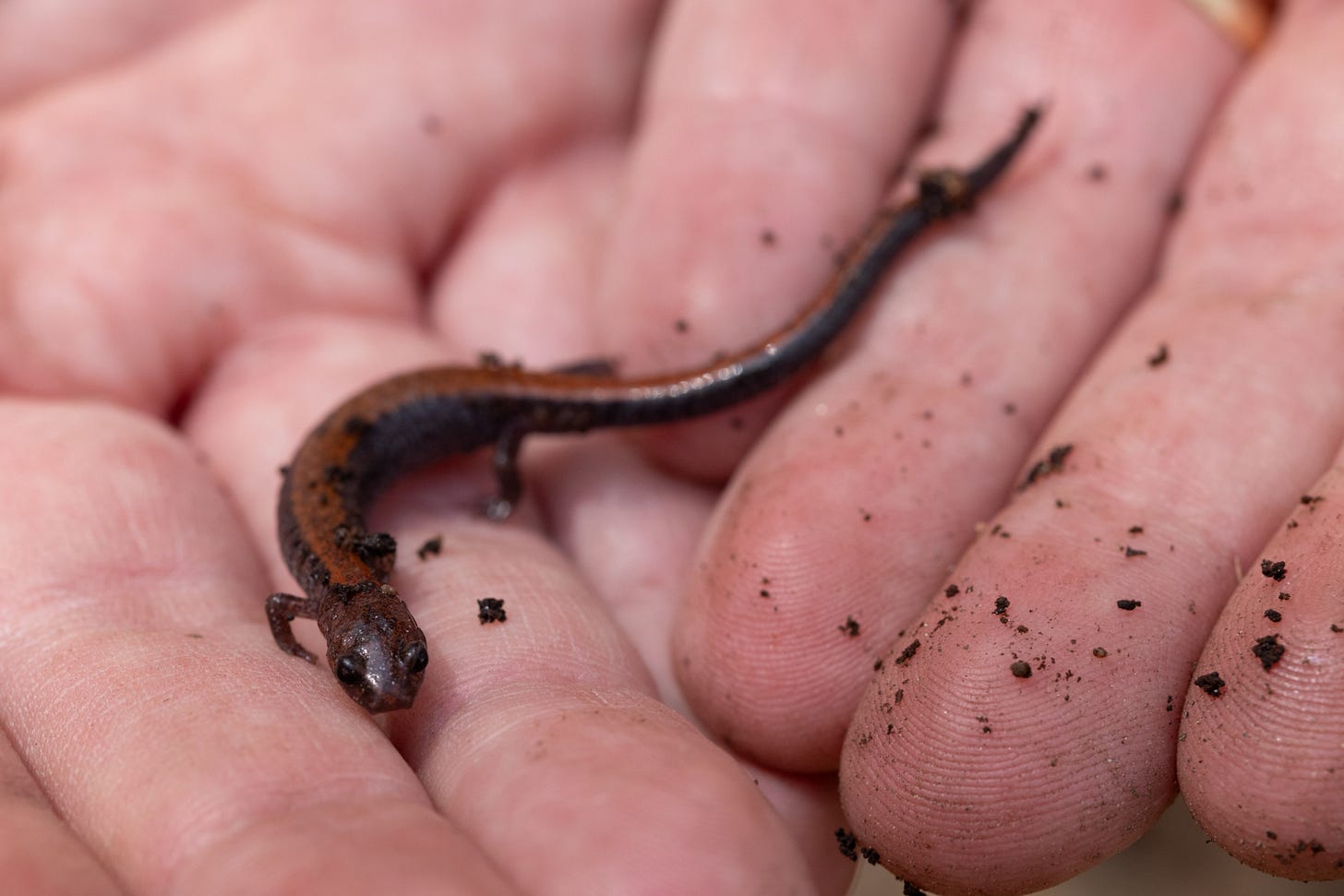
that same article describes an attempt to revitalize highbridge led by actress bette midler. by the start of the 21st century, visitors were returning to the park in part thanks to her leadership and amid an overall renewed interest in the city’s parks.
then in 2005, nyc parks senior biologist ellen pehek found gans’ 1945 paper and decided to go look for the northern dusky salamanders once again. and there among the logs, rocks, and litter she found them persisting in the cliffside seeps as they had been decades prior. i visited with my salamander-loving friend tim healy two months ago—20 years after pehek and 80 years after gans—and can confirm that they’re still there, slithering through the wet cracks in the cliffs.
normally, i’d stress that it shouldn’t be surprising when an animal inhabits or attempts to inhabit its expected habitat inside of the city limits. but salamanders aren’t like birds, bees, and bushes. salamanders are super-sensitive to urban development, as changes in the water quality or volume, introduced predators, and chemistry of the surrounding soil can easily kill them off. and once the concrete ocean of urban development turns their home into an island, there’s no mechanism for them to repopulate on their own, even if we restore it.
a closer look at the duskies reveals that this isolation itself is a further threat. a 2013 study of northern dusky salamanders across sites in the city found that their dna is beginning to diverge from that of the populations outside of the city—evolution under the natural selection pressures of urban life. they also face an overall loss of genetic diversity, as there are no new genes flowing in from those outside populations. according to this paper, isolation itself is ”an underappreciated cause and/or consequence of their continued decline,” atop the usual forces like habitat degredation and climate change.
there’s hope for some of the city’s duskies, though. the staten island population persists, and the 2013 study suggests potential avenues to further protect them from the negative effects of habitat fragmentation and isolation caused by urbanization. that includes improving water quality, removing barriers to the flow of the streams they live in, considering new ways to surface underwater streams, or building culverts under highways to connect waterways. perhaps thoughtfully introducing members from outside populations could help increase genetic diversity.
fewer opportunities exist for the duskies at highbridge. perhaps the best we can do is leave them alone, allow them to persist for as long as they can, and use their story to nudge urban development in directions that permit the continued existence of salamanders elsewhere. but for now, well, i just think it’s cool that they’re still there.


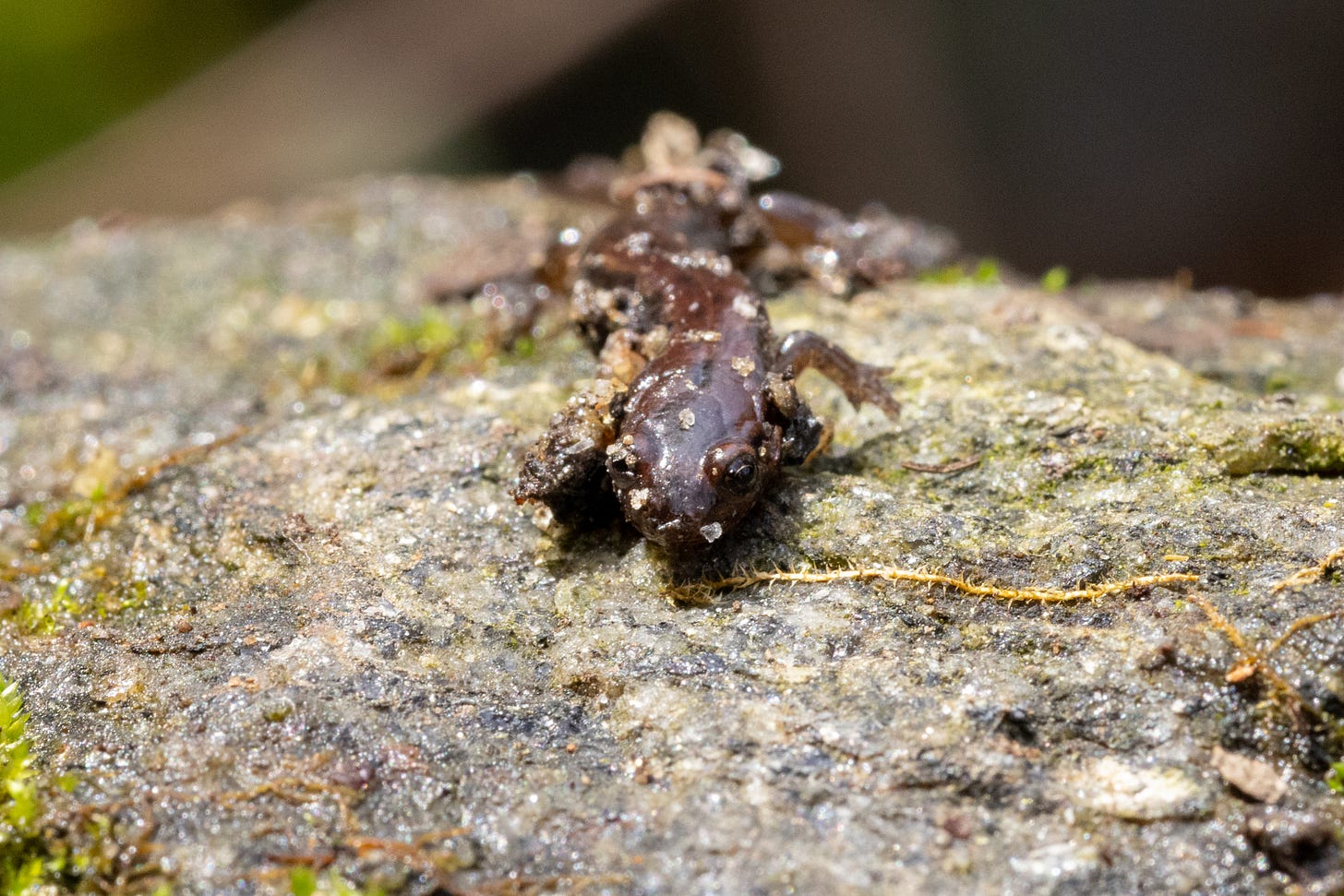
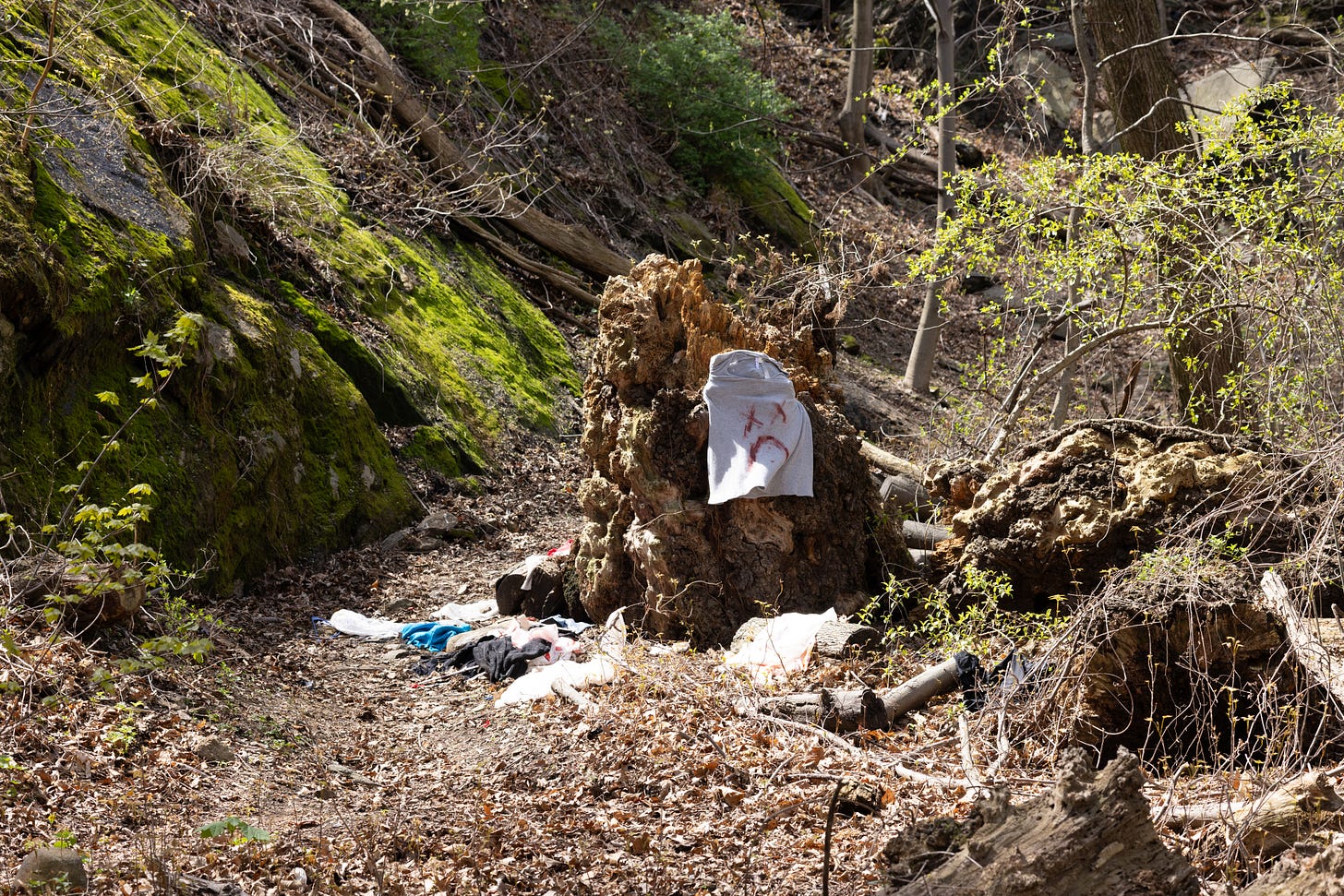
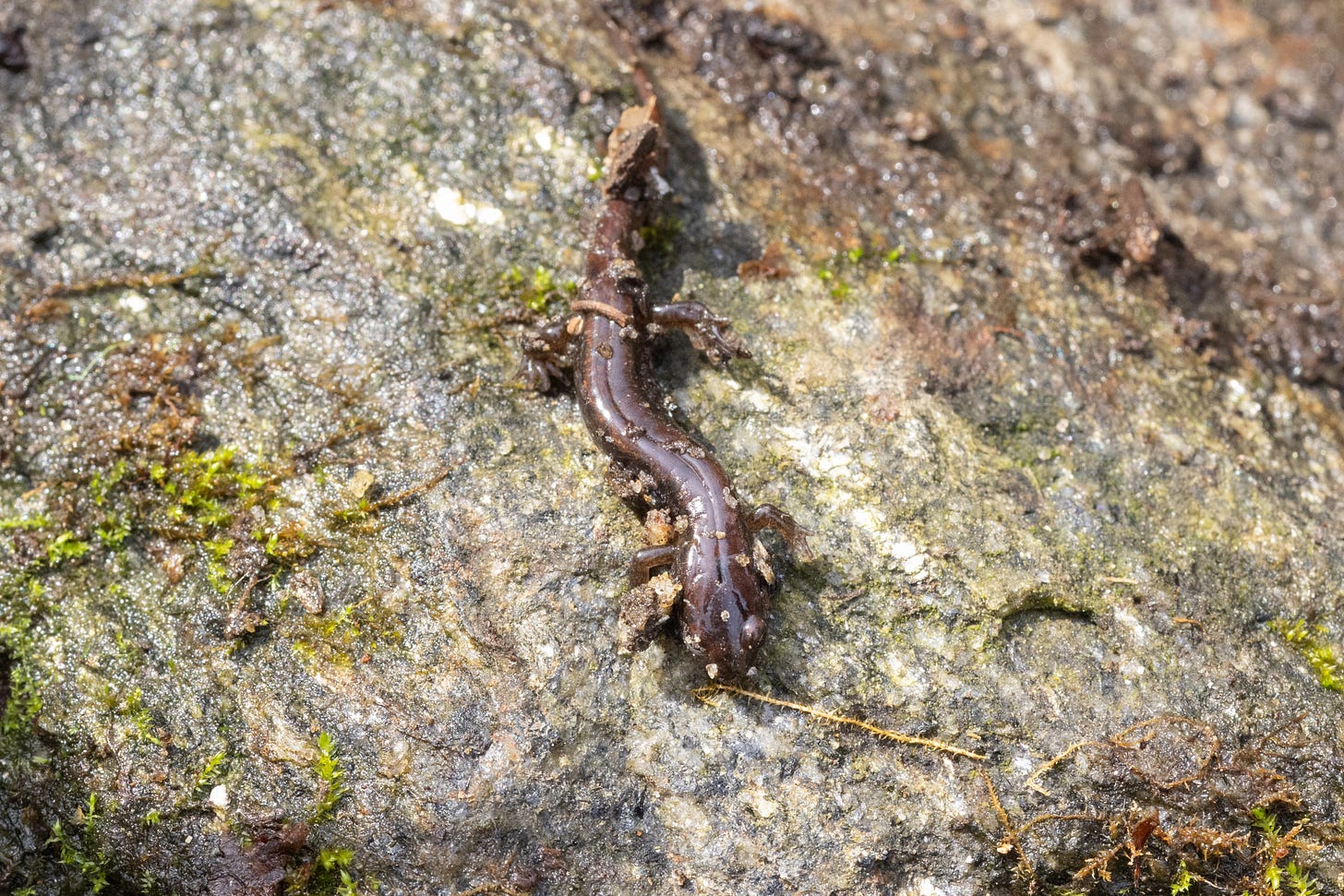
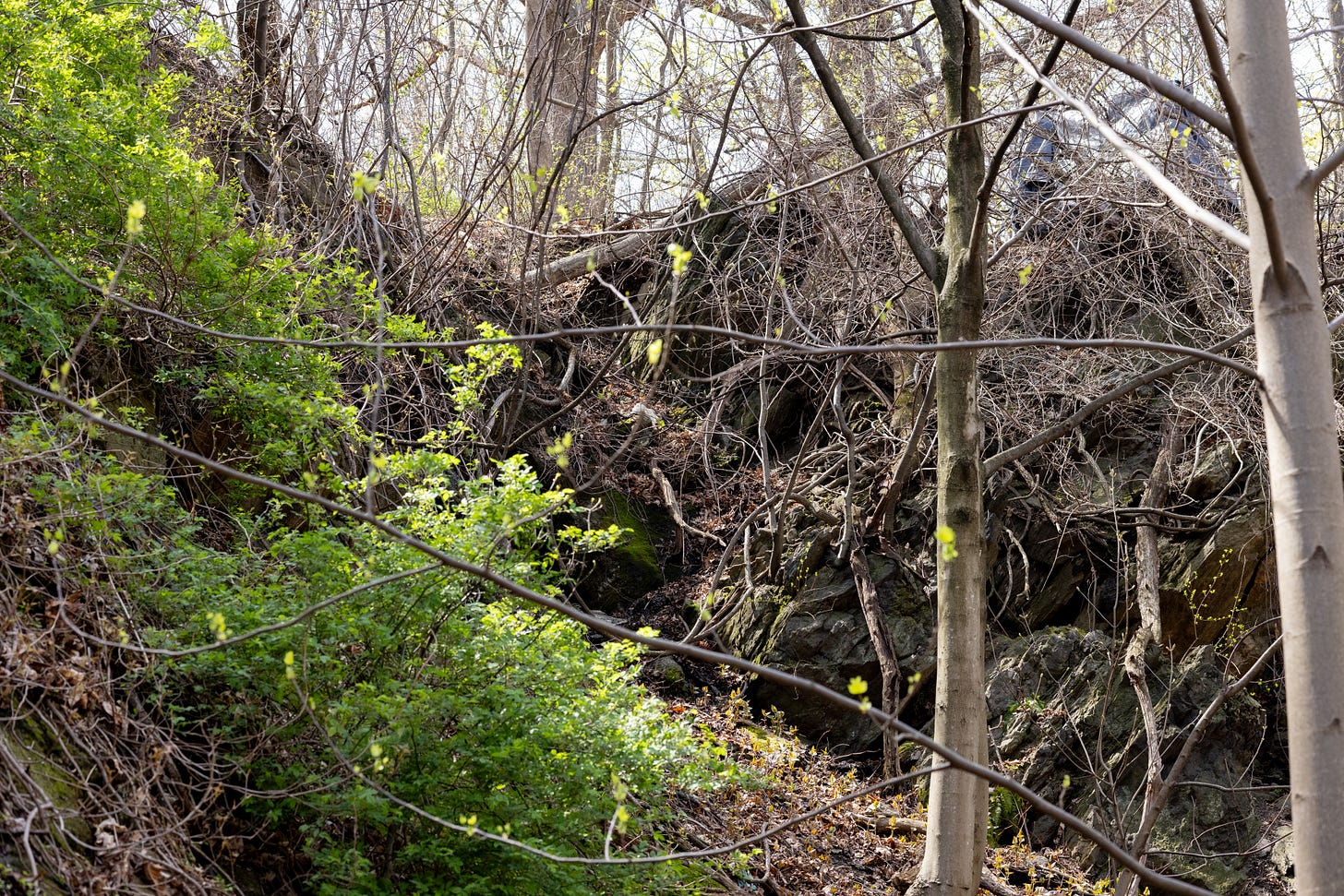
Never knew of the existence of this park. Glad the dusky salamanders are hanging on there!